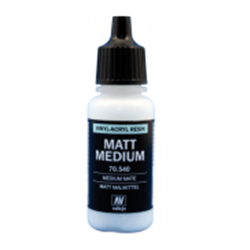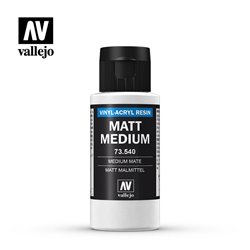Static grass puffer bottles work by manually charging model grass fibres with static electricity. When the charged...
No products
Product successfully added to your shopping cart
There are 0 items in your cart. There is 1 item in your cart.
Search Tips
How do I model a foggy scene on my railway?
When modelling fog in a railway scene, you’ll want to create a convincing sense of mist rolling over the tracks, softening details and adding atmosphere. Here are some techniques:
1. Layered Backdrops for Depth
Use a painted or printed backdrop with fading details to suggest distance. Keep colours desaturated, with muted greys and blues to mimic foggy conditions. A gradual transition between the backdrop and foreground will enhance realism.
2. Cotton Wool or Fibre Fill for Rolling Fog
Tease out cotton wool or synthetic fibre fill (like that used in pillow stuffing) to create wisps of fog. Use it sparingly and fix it in place with a fine mist of hairspray or diluted PVA glue. This works well for mist rising from valleys, rivers or tracks.
3. Airbrushing for Soft Transitions
Lightly airbrush a thin layer of white or grey over distant scenery, softening the edges of buildings, trees and background features. This helps blend the scene into the mist, giving a natural atmospheric perspective.
4. Matte Finishes to Reduce Sharpness
A glossy surface can make fog look unnatural. Apply a matte varnish to buildings, rolling stock and trackside elements in fogged areas to remove unwanted reflections and create a diffused effect.
5. Diffused Lighting for Realism
For layouts with lighting, use diffused LEDs or frosted plastic to create the soft glow of railway signals, streetlights or station lamps in the mist. Yellow or warm white lights work well for an early morning or evening fog effect.
6. Semi-Transparent Plastic for Denser Fog
Thin sheets of frosted acrylic or tracing paper placed strategically between layers of scenery can add denser, low-lying fog. Placing it behind a row of buildings or just above the track can suggest a thick mist rolling in.
7. Sheer Fabric for Background Haze
Fine tulle or mesh fabric stretched across the backdrop can create a subtle foggy blur, softening details without obstructing the entire scene. This is effective for adding depth and making distant elements appear shrouded in mist.
Click here to receive the tips weekly in your mailbox. You can unsubscribe at any time.










